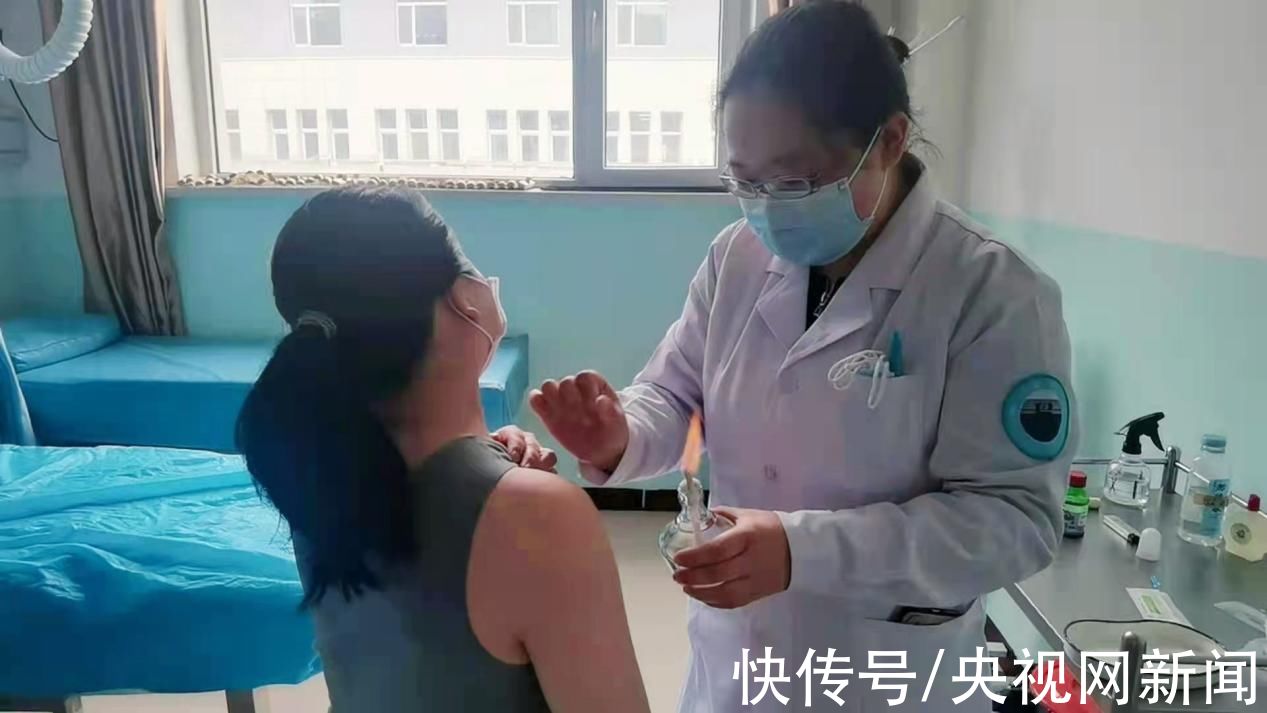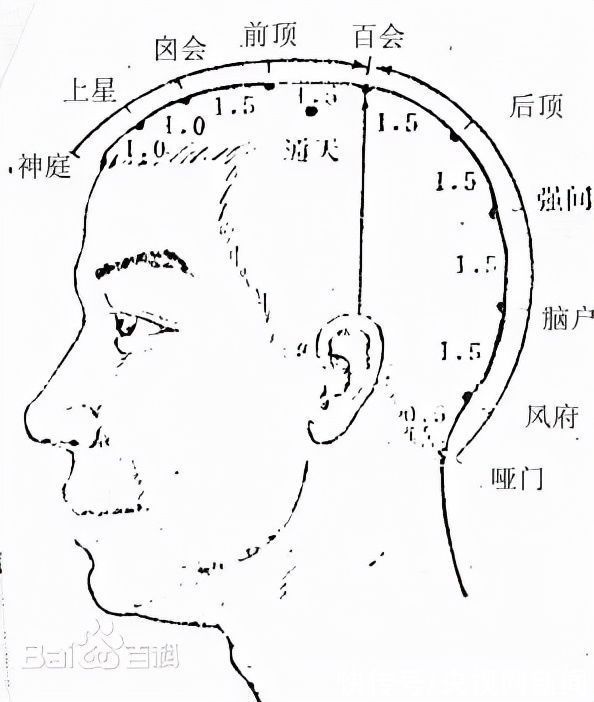CCTV News (Reporter Wang Lili, reporter Kang Xi): Every March, with the arrival of the first high allergy season, for those suffering from For Han Feng, who has allergic rhinitis, as long as the spring breeze is with him, he feels that he “breaks down”: itchy eyes, redness, sneezing, runny nose, tears, and even can’t sleep all night.
Allergic rhinitis, also known as allergic rhinitis, patients often have symptoms such as nasal congestion, nasal itching, and throat itching. There are not a few allergic rhinitis patients like Han Feng. Relevant data show that there are more than 200 million allergic rhinitis patients in China.

Dr. Zhang Xiaomin is administering acupuncture
In order to relieve the pain of allergic rhinitis patients, Zhang Xiaomin, a doctor of acupuncture and moxibustion at the Affiliated Hospital of Shanxi University of Traditional Chinese Medicine, based on her years of experience, shared some tips for preventing and treating allergic rhinitis. She said that long-term adherence to Helps reduce the frequency of rhinitis attacks and is safe for adults and children. However, if the symptoms are relatively severe or the small coup does not work well, please go to the hospital for medical treatment as soon as possible.
Press and rub the Yingxiang point
Dr. Zhang Xiaomin said that allergic rhinitis is mostly caused by Climate, allergens such as pollen, ragweed, mites and other stimuli are triggered, and the incidence cycle is mostly seasonal and climatic. After the attack of allergic rhinitis, the normal life of patients is seriously affected.
She said that in order to better prevent allergic rhinitis, allergens should be avoided as much as possible in daily life, indoor and outdoor environments should be kept as clean as possible, and contacts should be reduced. Dust, dust mites, etc. In addition, you can also press acupoints such as Yingxiang and Fengchi to help prevent allergic rhinitis.
Tap Yingxiang Point. Yingxiang acupoint is located at the midpoint on both sides of the nose, with 1 acupoint on the left and right, just at the nasolabial fold.
Massage technique: use the pulp of the index finger or middle finger to press on the Yingxiang acupoint, pay attention to apply a certain amount of strength to make the local feel sore and swollen, (you can apply it to the nose. apply force for induction). At the same time, on the premise that the pulp of the finger does not leave the skin, the pressing force can be maintained, and the finger can be rotated clockwise or counterclockwise to improve the pressing effect. When kneading, you can press the rhythm of 48 beats, a total of 32 times.
Knead the Yingxiang Point. Above the Yingxiang point, the junction of the alar cartilage and the turbinate is the upper Yingxiang. Simple acupoint selection: the upper end of Yingxiang, the uppermost end of the nasolabial fold.
Kneading method: From the radial side of the index finger or the pulp of the index finger of both hands, from the incense to the upper to the inner canthus of the eye, from the bottom to the top, push 20-30 times.
In addition, press the pulp of the two index fingers on the lips, facing the lower ends of the two nostrils, and massage 5 circles clockwise/counterclockwise, up to the nostrils. Repeat the operation 7-9 times. This manipulation is a common acupuncture point for pediatric massage, and can also be used for adults.
Moxibustion with moxa sticks
Dr. Zhang Xiaomin said that allergic rhinitis can also be relieved. Choose moxa sticks, those who are allergic to moxa smoke choose non-smoke moxa sticks, ignite one end of the stick, and mark it as the ignited end of the stick burns in a circle. Aim the ignited moxa sticks at the moxibustion acupoint area, about 2 cm away from the skin, hold each acupoint area for 3-5 minutes, then move to the next acupoint area, and repeat the above operation until all the acupoint areas are finished.

(the picture is a network data map)
Shangxing acupoint is located on the head of the human body, 1 inch above the front hairline. Baihui point is located 5 cun above the front hairline. During moxibustion, the hair is pressed down, or parted in the middle, to expose the skin on the top of the head and the midline. Place the ignited moxa stick at a distance of 2 cm from the scalp for moxibustion. After 3-5 breaths, move the moxa stick slowly to Shangxing point, stay for 3-5 inhalation; then move the moxa stick slowly to Baihui point, stay for 3-5 inhalation. Do this for 3-5 minutes.
Yintang is located on the front midline, between the eyebrows. During moxibustion, place the burning end of the moxa stick on the Yintang, 2 cm away, and move it slightly farther when it is hot; move the moxa stick to make it close to the skin of the Yintang point when it is not hot. Moxibustion for 3-5 minutes.
The Dazhui point is located at the back and bottom of the neck, on the posterior midline, in the depression below the spinous process of the 7th cervical vertebra. On the upper, lower, left and right sides, there are Dingchuan points, Jianzhongshu, Jianwaishu, Fengmen and Feishu in about one palm area. Moxibustion on these points also has the effect of warming the lungs, dispelling cold, and clearing the nasal passages.
When applying moxibustion, ask family members to burn moxa sticks at the acupoint area, take Dazhui as the center, make slow circular movements, and then move back slowly, repeating 9 times. Alternatively, a single-hole moxibustion box can be used to place moxibustion in the acupoint area for 15-20 minutes.
Dr. Zhang Xiaomin said that in the process of moxibustion, it is necessary to prevent the ash from falling off and causing burns. During moxibustion, try to maintain a certain posture and not change it easily. During and after moxibustion, be careful not to go to the air vents, keep the wind well and keep warm, but do not cover it too thickly to prevent cold. Finally, during and after moxibustion, it is necessary to drink warm water frequently in small amounts and frequently.